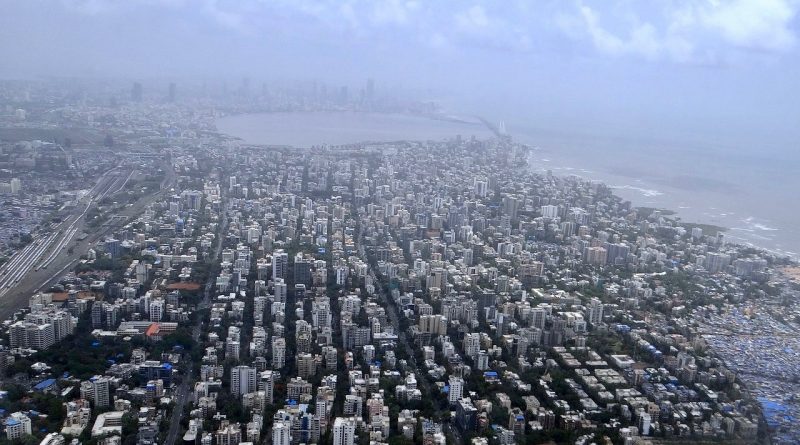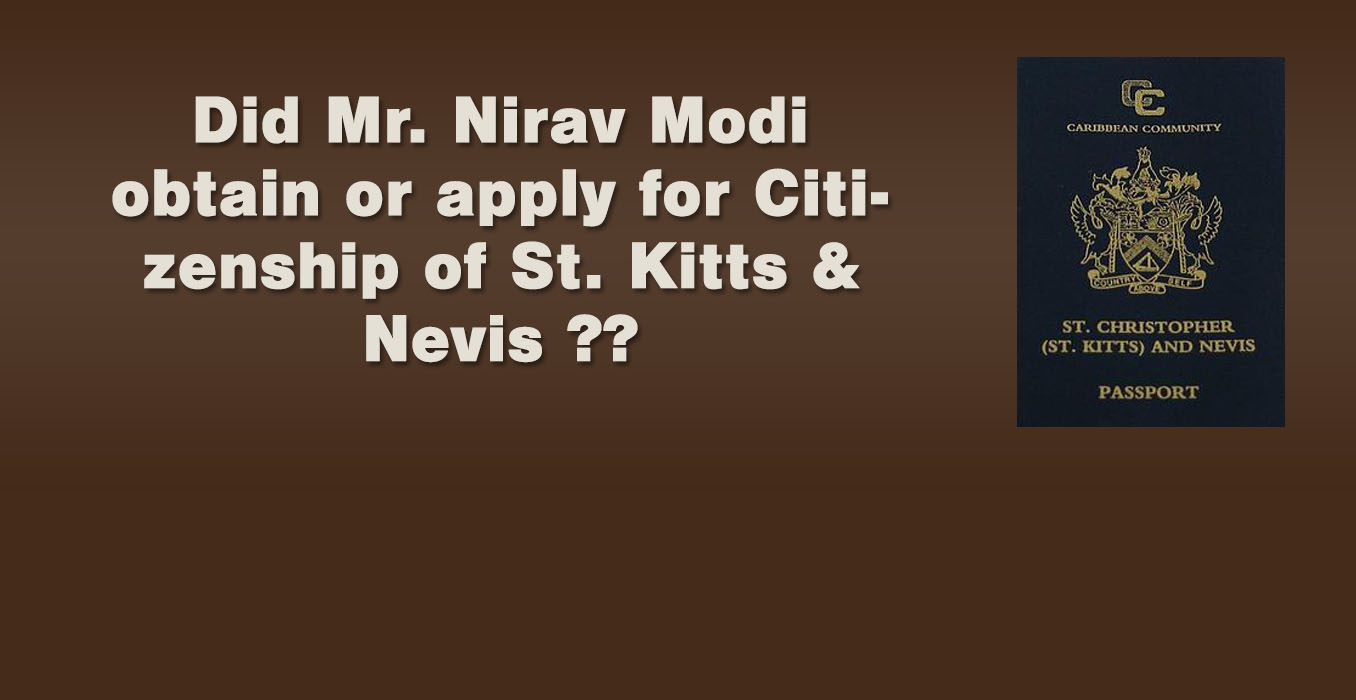INTRODUCTION
There has been a paradigm shift in the mindsets of people that have existed for centuries which has switched dramatically. As record-high inflation rates have surpassed, lifestyles that have been built over decades can no longer be sustained by the current existing income levels. Investors today are weighing their alternatives to building a luxurious and comforting lifestyle
Todays’ twenty-first-century Investor is well versed and cognizant about the functioning and performances of markets around the globe. Geographic blockades no longer seem to be a hindrance for pursuing contemporary and advanced investment prospects and for generating exceptional returns for the investors. Investors are now switching to Global Funds, which enables and permits them not only to expand but also diversify their portfolio and invest globally
A Global Mutual fund is one that invests in businesses all over the world, including those in the investor’s home country. It aims to find the best investments for the investor from a large pool of securities around the world. A global fund can be either engaged in a single asset class or can be spread over many.
Structure of Global Mutual Funds
Direct Investment
There are assets that are managed directly by a local fund manager. Rather than relying on an offshore investment manager, the local fund manager ensures that your portfolio is well-managed and orchestrated
Indirect Investment
They are referred to as Feeder Funds which pool money from local investors and then transfer the corpus to the parent fund, which is administered offshore, OR pure fund of funds, which invest the investor’s money in a portfolio of offshore funds,
Mix Investment (Foreign + Domestic)
These funds have a mix of both domestic and international mutual funds. As a result, they are a safer option for moderate risk-takers because they have reduced exposure to global equities while keeping an emphasis on the domestic market, which improves and enhances the tax efficiency of the portfolio.
Specific Region Investment
While selecting the Global Mutual Funds, the investor can invest in a specific country or region of her/his choice. The Investor needs a thorough understanding of the region/country she/he chooses to analyze the growth potential, returns, and exit at the appropriate time
These funds are more versatile because they are not limited and restricted to a specific region or country and it can provide investors with a more diversified exposure. These are usually managed by Fund managers, who have the requisite skills and proficiency in managing an investor’s portfolio and can identify and analyze prospects from all different parts of the world
Specific Theme Investment
These funds invest globally in particular themes or growth prospects. The Investor may invest in minerals, oil, gold, agriculture, mines, and other diverse themes or sectors. These funds are perfect to invest in during a growth cycle because they give investors access to segments that aren’t present in the domestic market. But the Investor must make that their portfolio isn’t overburdened by these types of assets, as limited exposure to a single theme will put investors at risk
Why Invest in Global Mutual Funds?
Diversification and Growth
It helps the investor to spread their Investment Portfolios among various foreign companies, markets, and securities in addition to their home country’s, as Global Mutual Funds invest into a wide range of securities in different parts of the world in different industries giving the Investors’ diversification in multi-folds (geographical, currency, industry). As a result, the risks that the volatility of a single security or the uncertainty in a single country or currency would have an adverse impact on the portfolio’s overall performance are reduced.
Hedge against Currency
When we look at the rupee’s pattern in relation to the dollar, It is evident that it has just declined greatly. The Indian rupee which was worth Rs. 45 in 2000, is now worth Rs. 75. There are a variety of reasons for this depreciation, varying from global turbulence to growing inflation to venal bureaucracy to poor fiscal policies. Today, Investing in Global funds will help you take advantage of the rupee’s depreciation. By investing in rupees, you gain exposure to foreign exchange as you invest in these global funds. Any increase in the value of the foreign currency, as well as any decrease in the value of the domestic currency, would increase the investor’s returns. Since they offer a hedge against currency fluctuations, they must be included in the Investor’s Portfolio
Taxation
For tax purposes, all mutual funds that invest in global markets are referred to as Non-Equity funds. As a result, Tax levied on Global Funds are in the following manner:
– The Investor sells the units within three years of the time when she/he bought them, the gains are credited to her/his taxable income and charged according to the slab rate. (Short Term Capital Gains)
The Investor sell the units after three years from the date of acquisition, the gains are levied at a rate of 20%, and indexation advantages (Long Term Capital Gains)
CONCLUSION
Investors should treat global mutual funds as a tactical allocation and keep a close eye on them while they are investing in the same, as the returns from these funds are not necessarily in line with those from Indian Mutual funds. Effectively, once the investor invests in those accounts, be mindful of both the advantages and disadvantages. Begin with small investments to get a better understanding of how those investments function before committing to larger investments in a foreign mutual fund. Invest only after you’ve developed a well-diversified exposure to mutual fund investments in India, and give yourself 5-7 years to do so.
This article is contributed by: Ms. Dishita Sheth, Intern at Ajmera Law Group





